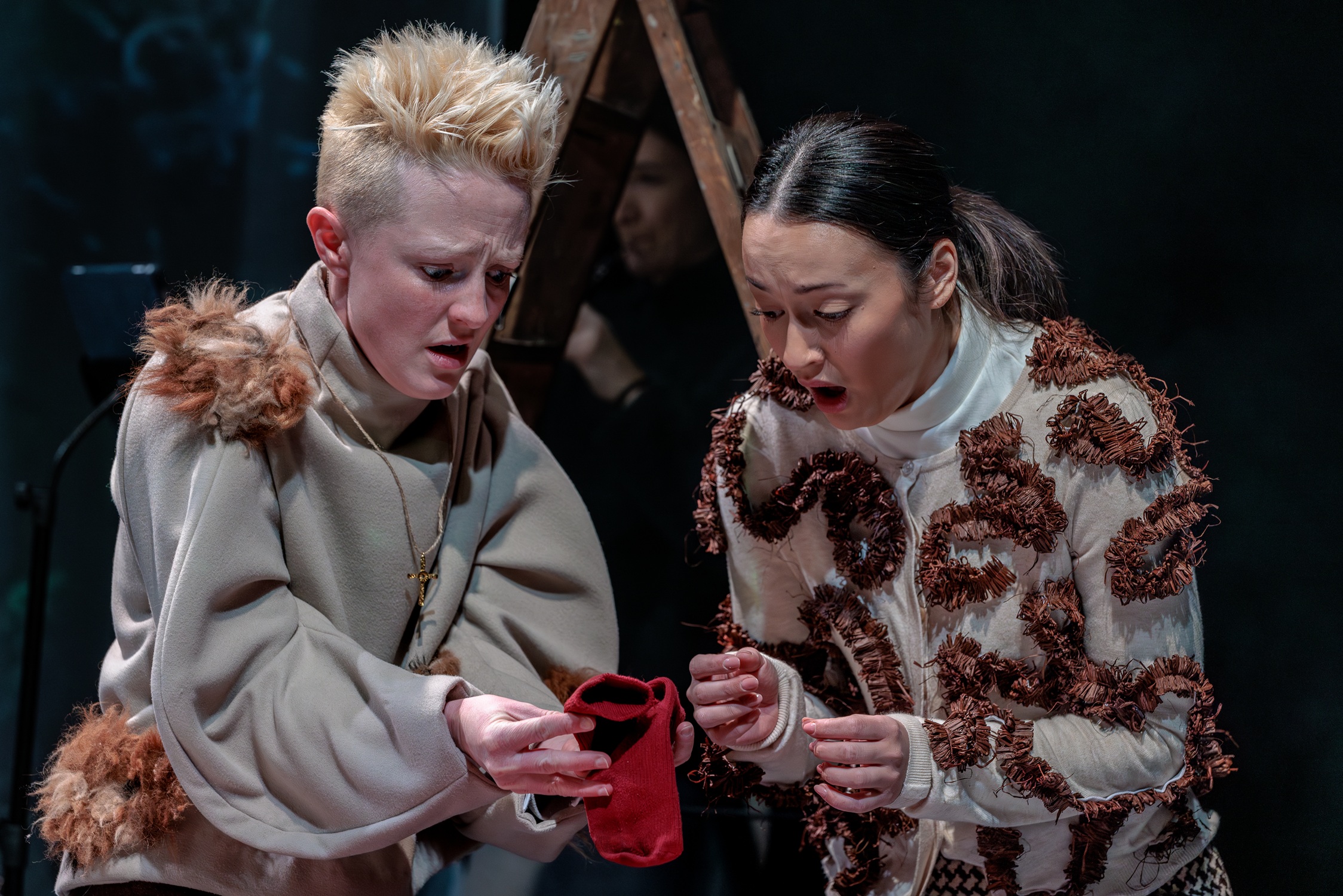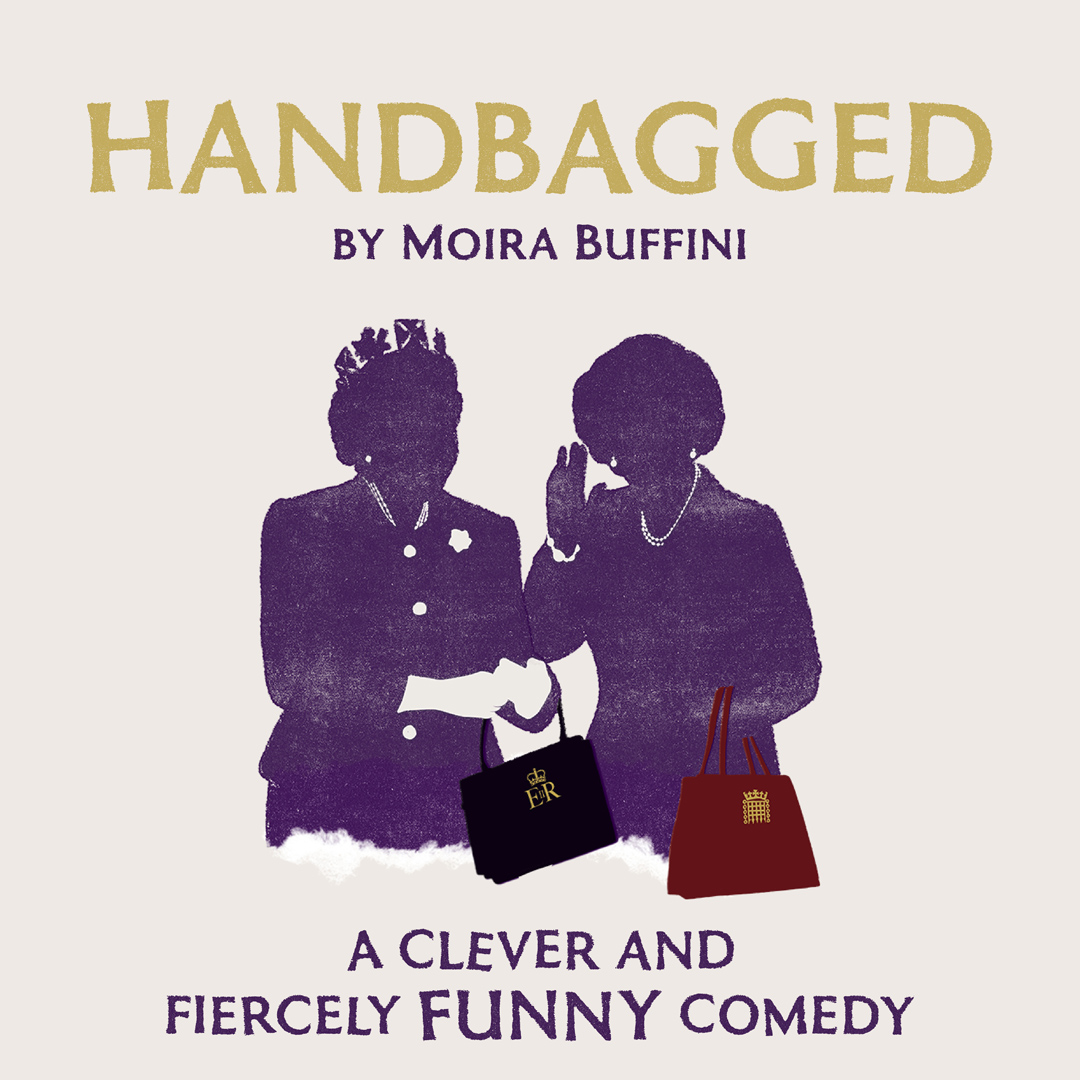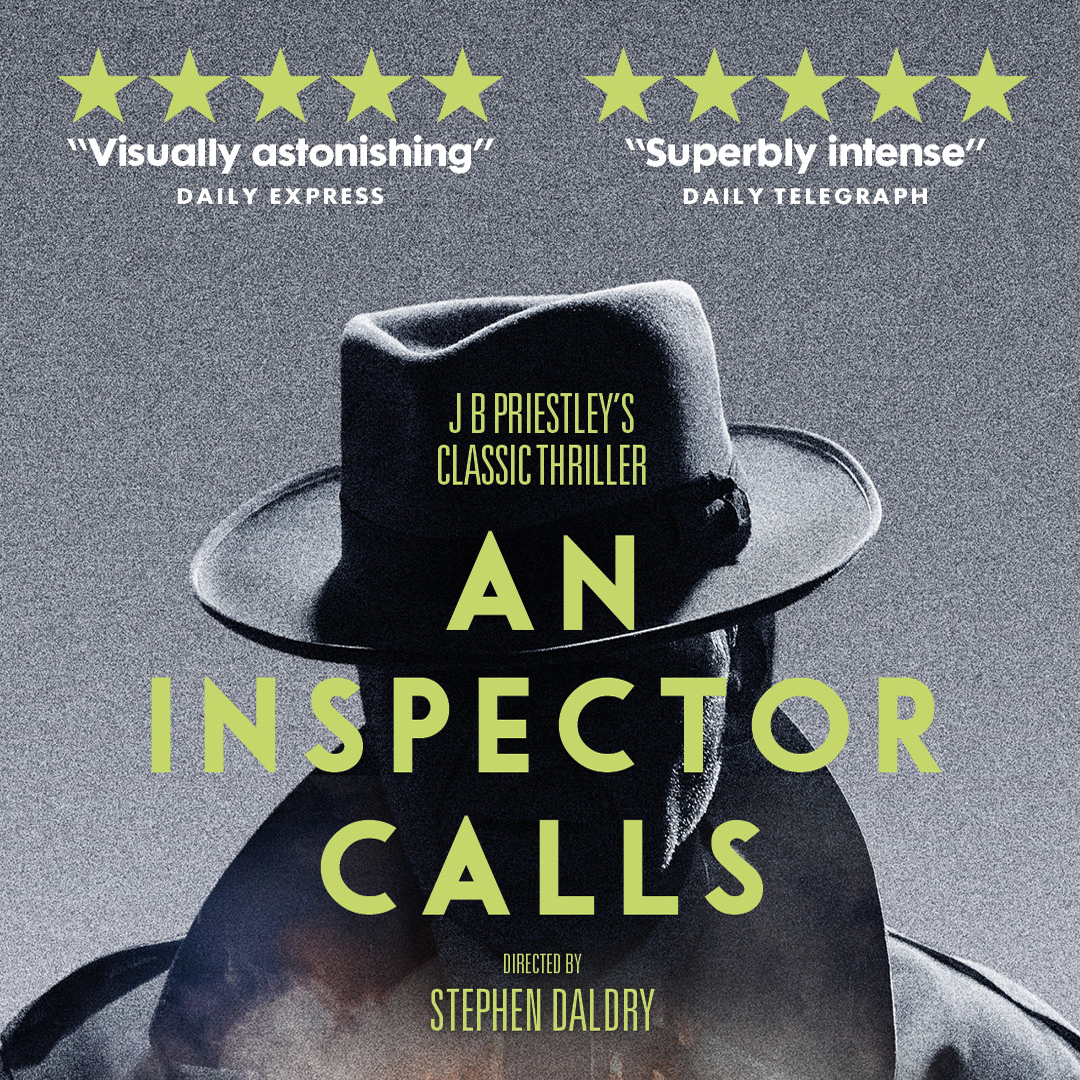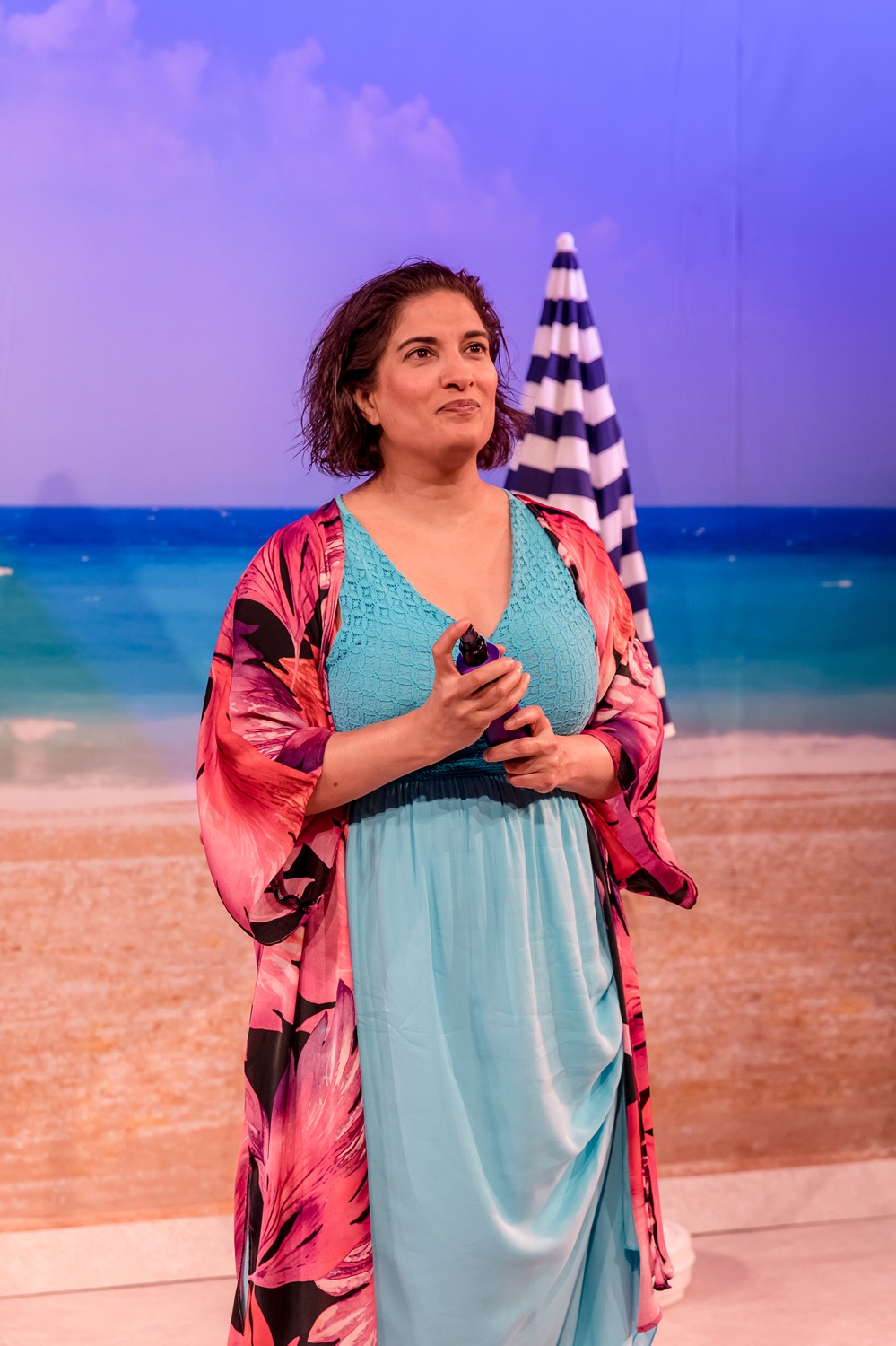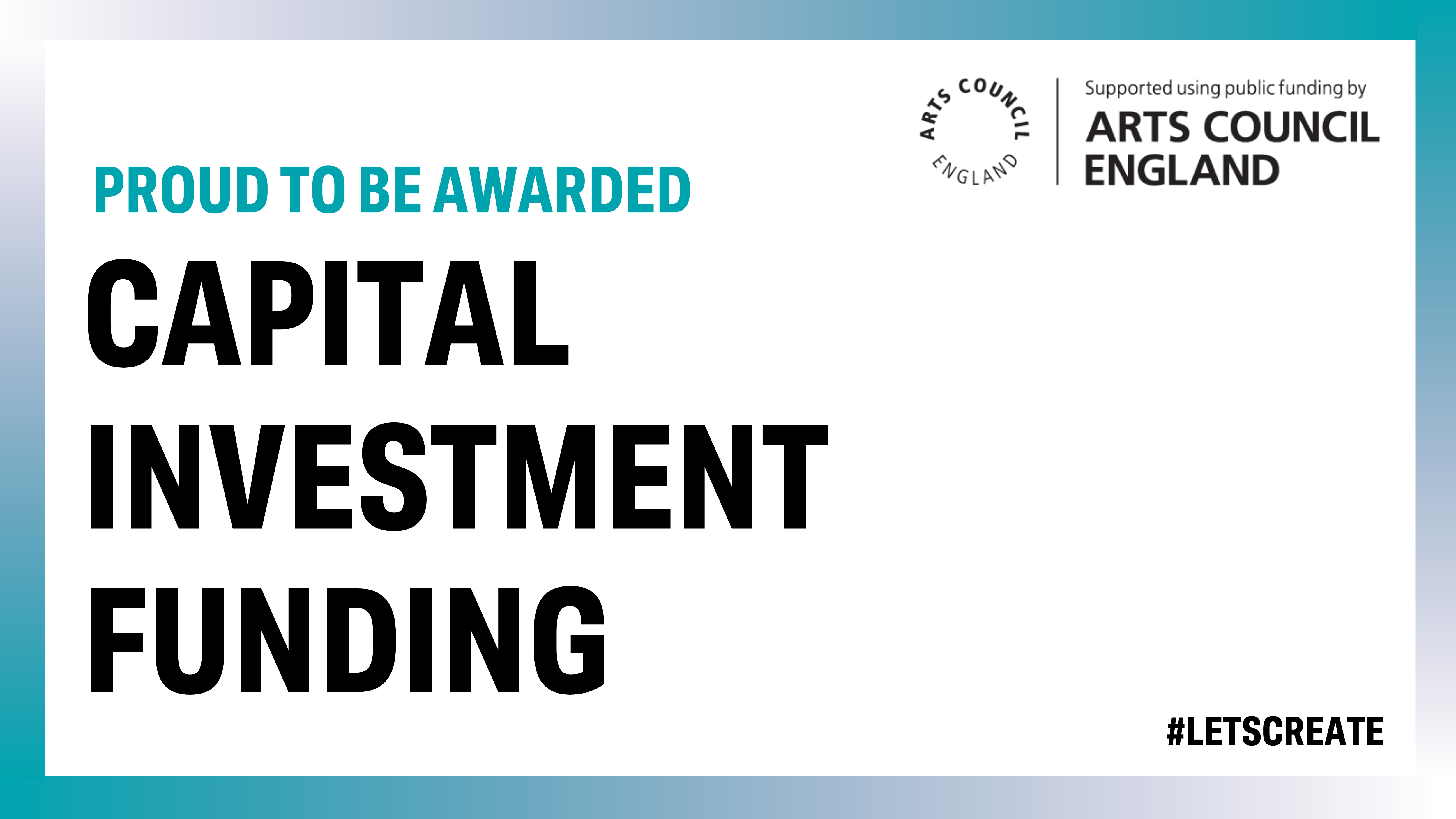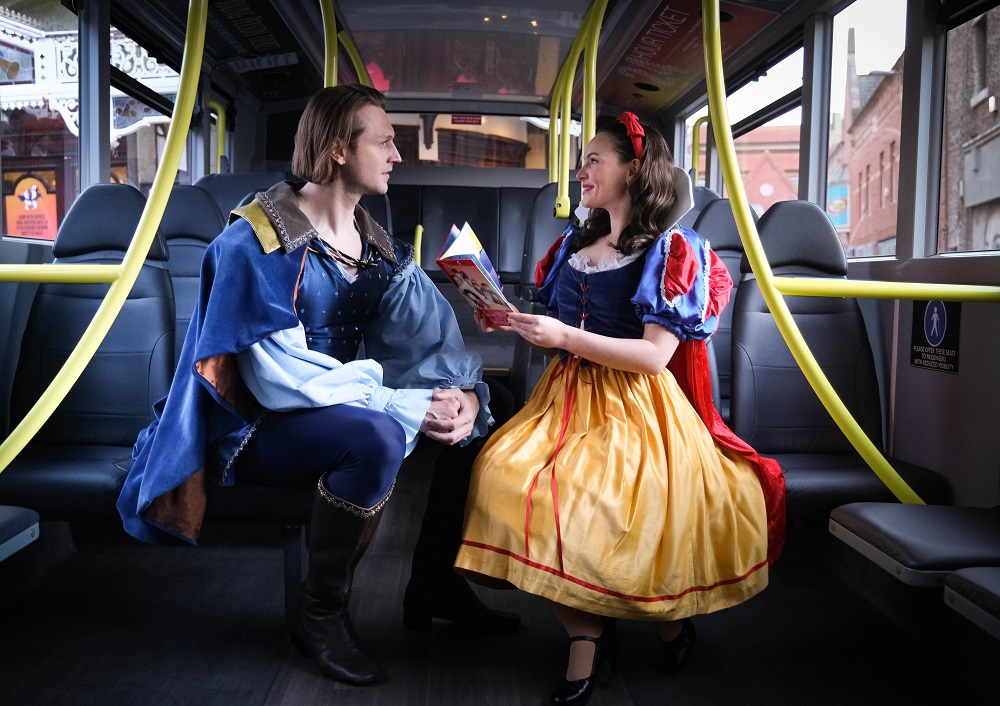
The Inner Workings of a Great Pantomime
3 min read
Share
Discover the Inner Workings of a Great Pantomime… Think back to your childhood years. When did you first become enamoured with the theatre?
A great British tradition, the pantomime, has been told for centuries with famous and popular tales told through music and verse.
Audiences joining in, from children to their parents, all marvelling at the stunning show – remnants from the Victorian times and inherited from commedia dell’arte.
All of the panto elements, from magic scenery to song and rhyme and cross-dressing, come together to create a beautiful performance. Far from being a static performance, it engages the audience, it needs audience participation, ensuring that everyone is back for an encore.
Tip: Do you know Blackpool Grand present pantomime each year.
Based on Tradition
Balancing both tradition and innovation, pantomimes were originally an antidote to Shakespearean-like heavy tragedy. Modern pantomimes are still based around a mock-dramatic style of telling a story. A pantomime is the original artform of mocking melodramas and how silly they are.
A Fun Story with Children in Mind
English pantomimes have two main rules: to aim for a masterpiece and to have a strong plot. Storylines are everything in pantos. Mainly fairy tales, modern pantos balance storylines from Disney’s version and the real version, as Disney has a wide portfolio of fairy tales. Alternative fairy tales can be a spoof or sequel version of popular stories, with the trick being to make sure audiences understand the references.
This is why you’ll find pantos generally following the basics of a story, even if there have been major changes.
The All-Important Panto Dame
The panto Dame is always the popular character, likely to receive a thunderous round of applause whenever she enters the stage. But panto Dames aren’t just written for any actor to perform the role – the trick to a great pantomime is to write the Dame with an actor in mind.
Dames have much of the slapstick comedy centred around her; typically, the hero’s mother is played by a man, very obviously in a frock. Knowing the audience is also very important; how will the audience react to a particular actor and how is he normally seen? This is partly why celebrity pantomimes work so well, with well-established actors providing a stunning performance.
A great example is Sir Ian McKellen in Aladdin in 2004, with a fantastic reception to his role as a Dame.
A Great Villain
All stories need a great villain and pantos are no different. When pantomimes have a great bad guy, audiences instantly recognise them. And their evil speeches are always a fun part for writers, actors, and audiences alike.
The trick is to have the villain viewing themselves as the star of the panto. Whether they speak in rhyme or simple prose, they must always view themselves as the centre of the play. This is often translated into a witch, demon, or a wicked wizard role.
The Principal Boy and the Principal Girl
Typically played by a young woman wearing male garments, although not exclusive to actresses, the Principal Boy is one half of the conventional lover’s couple in pantos. The Principal Girl is still a very innocent role, just like in the original fairy tale.
The Comic Lead
Comedy roles are always essential for audiences to have fun. They’re typically best played for laughs, their audience interaction dating back to Music Hall. Double acts are great for menial jobs, needing great comedic timing and experience to draw the best laughs when jokes are told or buckets thrown.
This role relates to the children in the audience, often with memorable catchphrases with the audience calling out the opposite as a response. Some examples are:
- Oh Yes, It Is!
- Oh No, It Isn’t!
- It’s Behind You!
- Booooo!
Contact us on 01253 290190 to book tickets to our fun pantomime this year and other shows – don’t miss out on buying tickets for fantastic plays
(Main image (C) Blackpool Grand Theatre – Snow White and the Seven Dwarfs – UK Productions Ltd)


